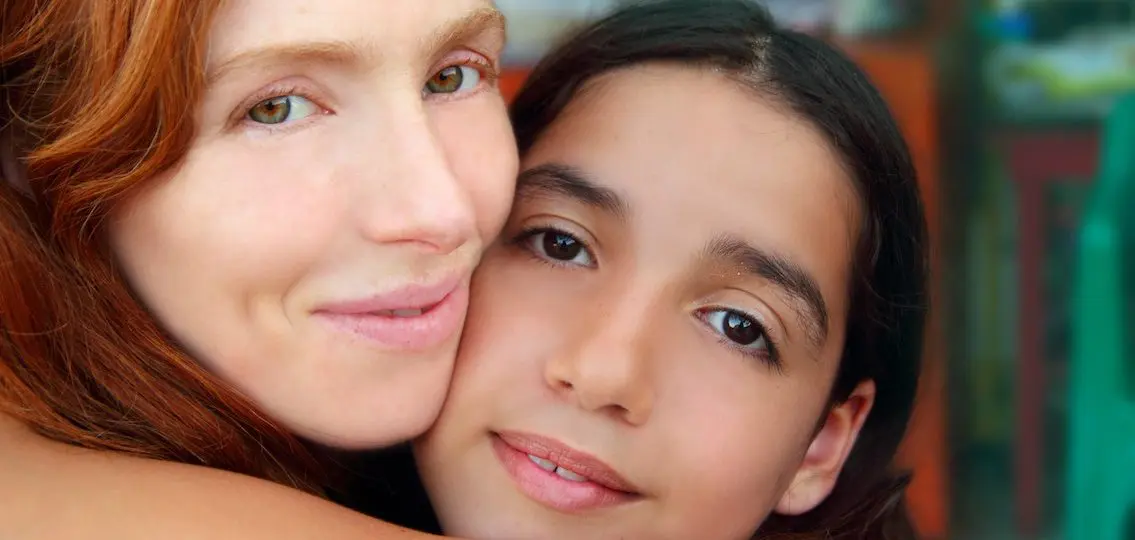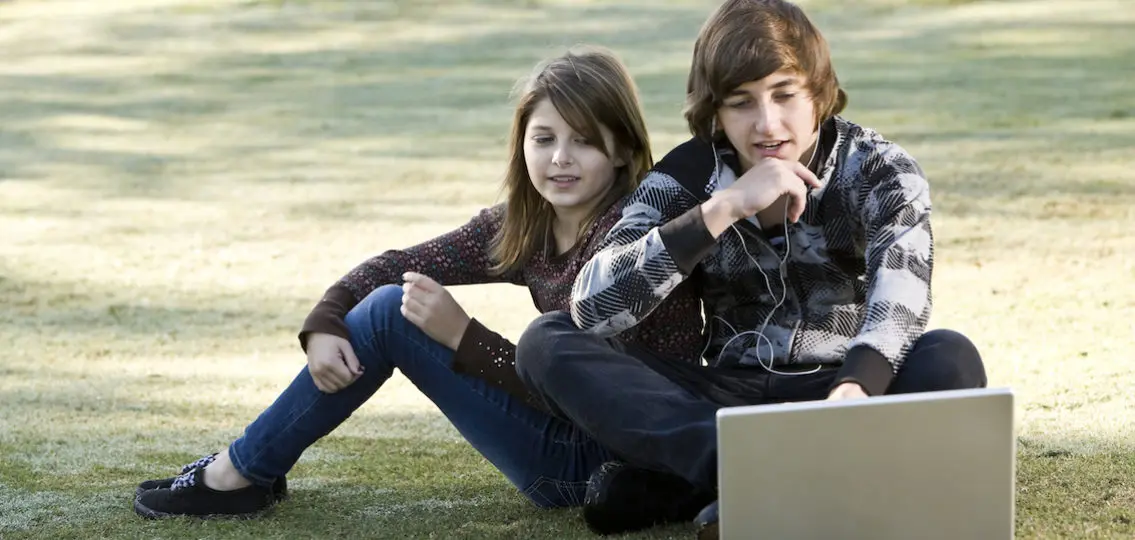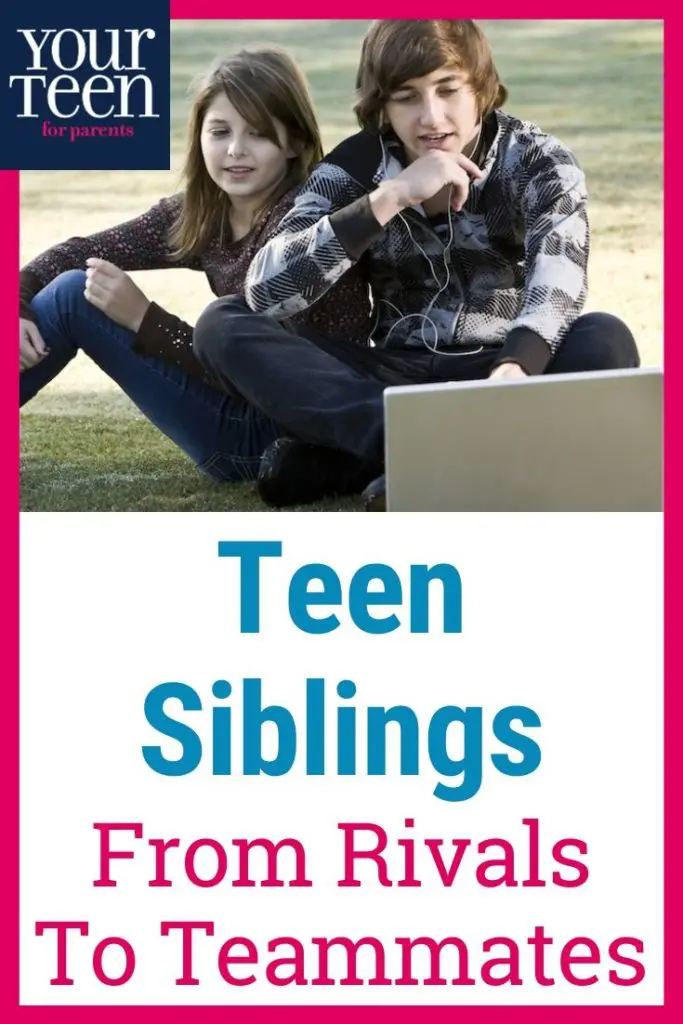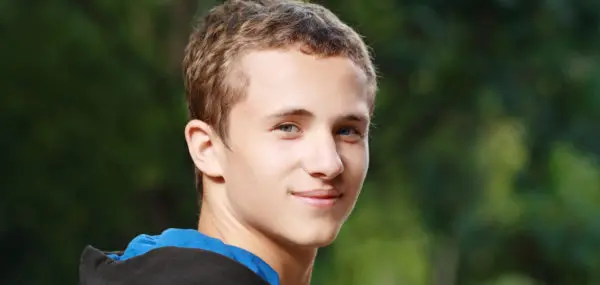Nathan and Maddie have always provoked, annoyed, and verbally jabbed one another. Nathan is a master of the subtle eye roll or snort in reaction to one of Maddie’s innocent comments. She snaps back, voice raised, arms wide, a clear overreaction from Nathan’s point of view. He will then say something like, “Wow, Maddie. Overreact much?”
And the nit-picking aggravation drones on.
| [adrotate banner=”169″] |
I come from a family of seven children, so I know all about sibling rivalries. My wife is an only child, so she sees this through a different lens. Regardless, neither of us has answers. Early on, we accepted it as normal sibling behavior. As they got older, we assumed their arguments stemmed from their clearly divergent personalities. Nathan is quiet and reserved, with a small group of friends. Maddie is outgoing and talkative, with a wider social circle. It’s only natural, we figured, that these two personalities would clash.
Still, we hoped they’d eventually find ways to appreciate one another.
The one thing they have in common is their passion for sports—Nathan plays soccer and Maddie plays basketball. They are both competitive and find joy not only in the sport itself, but the camaraderie of the team. We have seen both of them grow into supportive cheerleaders; on the field and court, they are committed to their teammates. My wife and I have quietly wondered whether they would eventually support each other in a similar way.
And now, during this pandemic, as Maddie just turned 14 and Nathan is closing in on 16, we have seen signs of a stronger, more mature, bond between them. That bond between brothers and sisters.
They are still bickering, of course. As they dry the dishes after dinner, Nathan will say, “Move it. You’re always in my way.” But there’s a softness to his words.
And when Maddie responds with an, “Um, I need to be here too… this isn’t all about you,” there’s a smile on her face. As they go back and forth at one another, we’ve noticed a shift in the tone of the conversation.
What was once antagonistic is now companionable.
Since soccer and basketball are on hold, they’ve both discovered other ways to exercise and compete. Nathan does circuit training and will occasionally go for a run. Maddie rides her bike and plays badminton in the yard. Despite encouragement from their parents, they haven’t been doing any of these activities together. Until this week. It was the middle of the afternoon, and they were both dressed for exercise. I heard Maddie shout, “Are you ready?”
“Give me a minute,” said Nathan.
She rolled her eyes and crossed her arms. “He’s so lazy,” she said under her breath.
When he finally emerged from his room, he said, “Now, don’t be mad if you can’t keep up with me.”
She elbowed him in the shoulder, “Don’t assume it won’t be the other way around.”
And they left. Together.
They ran three miles. Together.
Michelle and I shook our heads and shrugged. They came back together and then went their separate ways. Two days later, they did it again.
After years and years of incessant fighting and tears, we may have turned a corner. The quest is not complete — there will undoubtedly be more conflict, but I’m thankful for these moments of connectedness during a time when we are forced to be apart from so many other people we love.

Watching my children softening toward one another, witnessing their affable banter, and seeing them jog through the neighborhood together has been a highlight during these otherwise somber months of separation.





